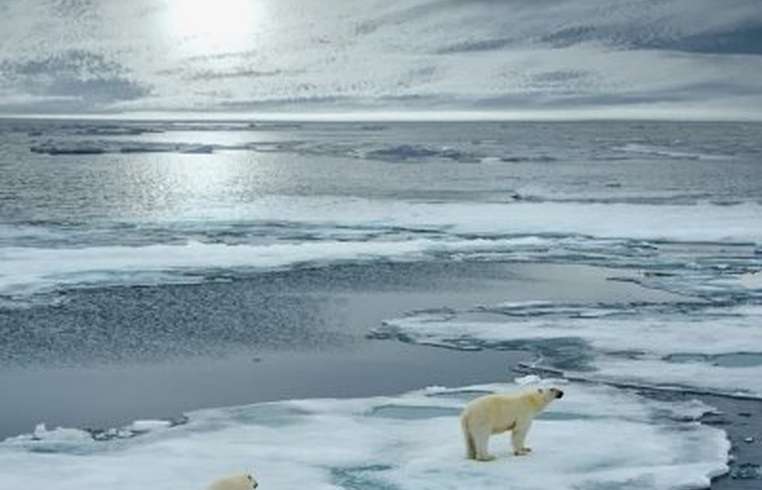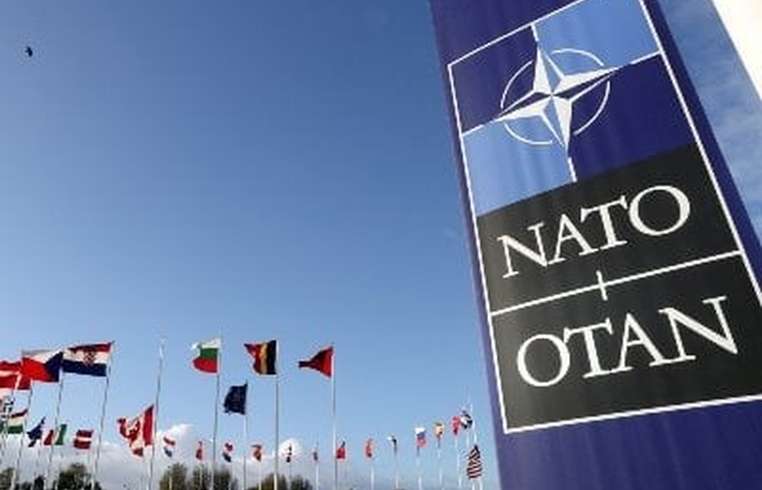
News - Nature Reviews Earth & Environment: Arctic ice will disappear within next few years
Business Strategy
Nature Reviews Earth & Environment: Arctic ice will disappear within next few years

Researchers at the University of Colorado Boulder predict that the Arctic could be free of sea ice in the next few years—ten years earlier than previously predicted. The results of the respective study were published in the journal Nature Reviews Earth & Environment. The Arctic is considered ice-free when the area of ocean covered by ice is less than one million square kilometers. The threshold is less than 20 percent of the seasonal minimum ice cover of the 1980s. In recent years, the minimum amount of sea ice in the Arctic Ocean was about 3.3 million square kilometers in September. Researchers predict that under all greenhouse gas emissions’—the main cause of ice loss—scenarios between 2020 and 2030, the Arctic Ocean could be ice-free for the first time in late August or early September. Declining snow and ice cover increases the amount of heat from sunlight absorbed by the ocean, exacerbating ice loss and warming in the Arctic. Shrinking sea ice has considerable impacts on Arctic animals, including seals and polar bears, that depend on sea ice. Additionally, as the ocean warms, non-native fish may migrate from the Atlantic and Pacific Oceans into the Arctic Ocean. The impact of these invasive species on native ecosystems, however, remains unclear.






